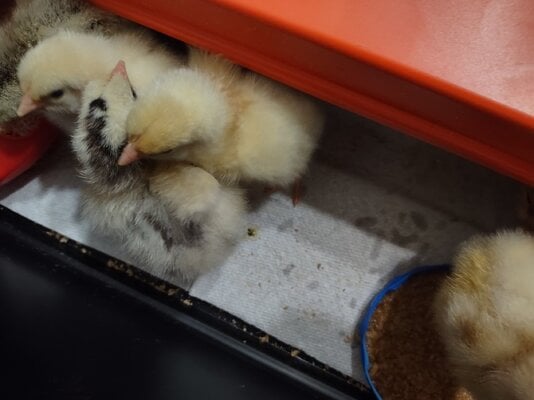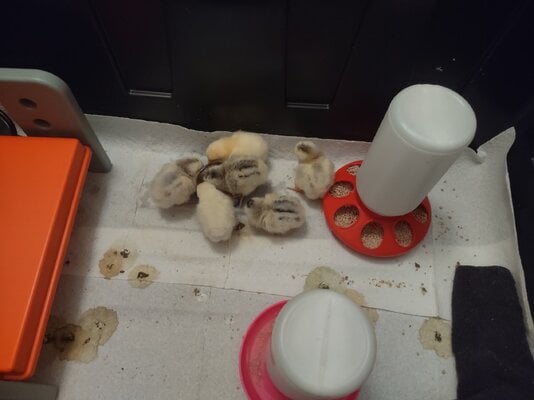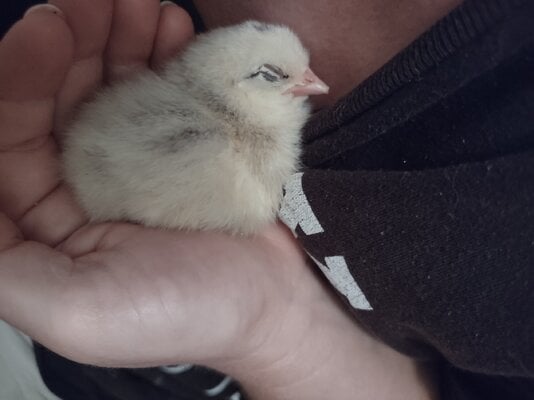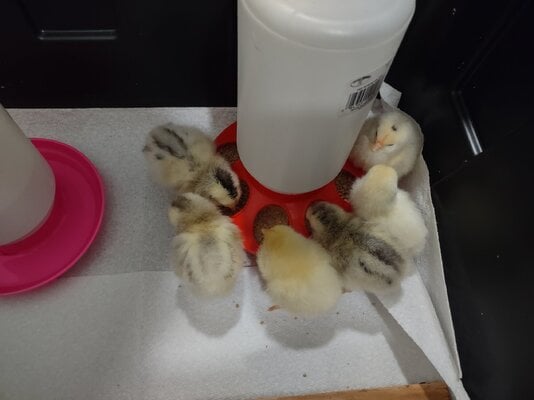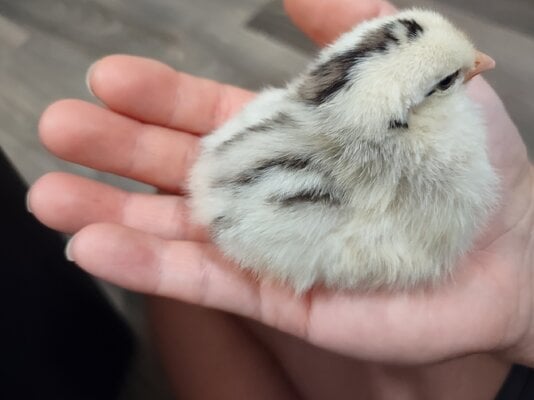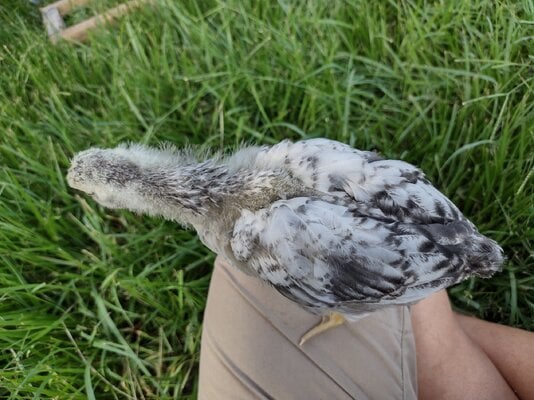SweetieChicken234
Songster
- Jun 9, 2023
- 227
- 270
- 101
Where is this chipmunk type pattern coming from? My Delawares were all yellow or white as chicks and the Wyandottes were black with bits of gold as chicks.
The roo is Delaware and the hens are Golden Laced Wyandottes.
Some of the chicks came out with a bit of red color on the back of the neck too. I don't know if those were the pure Delawares or the Wyandotte mixes.
The roo is Delaware and the hens are Golden Laced Wyandottes.
Some of the chicks came out with a bit of red color on the back of the neck too. I don't know if those were the pure Delawares or the Wyandotte mixes.


